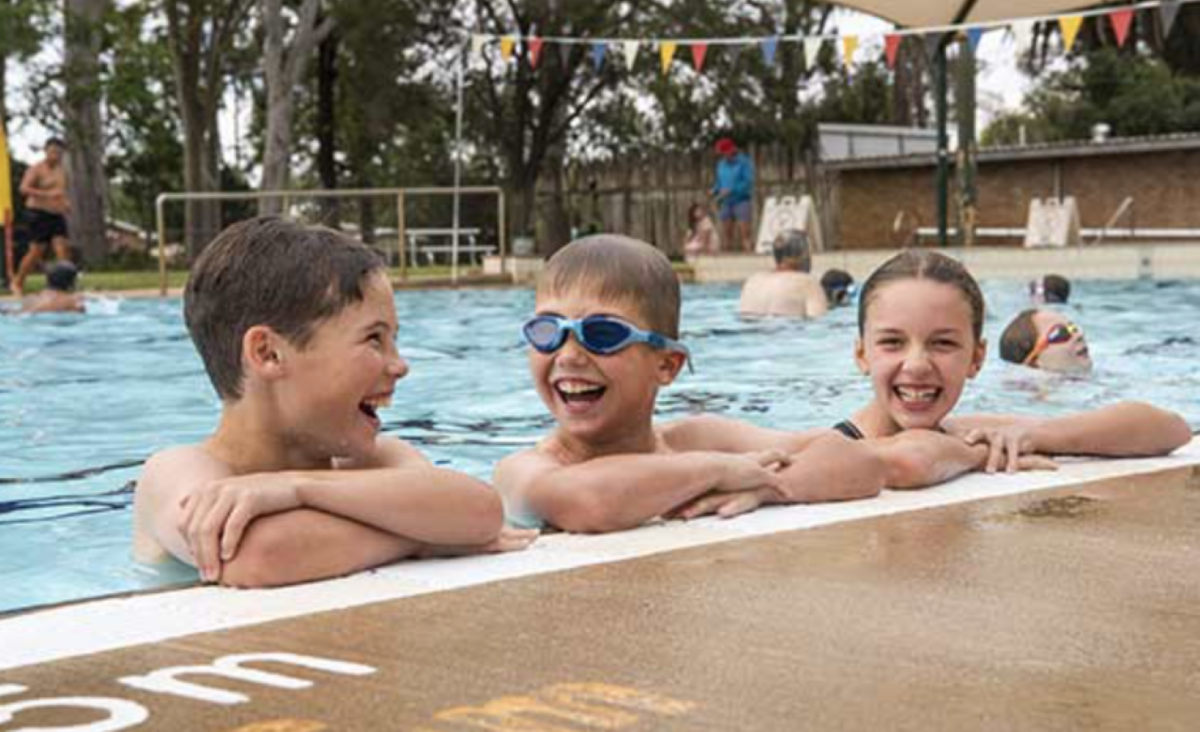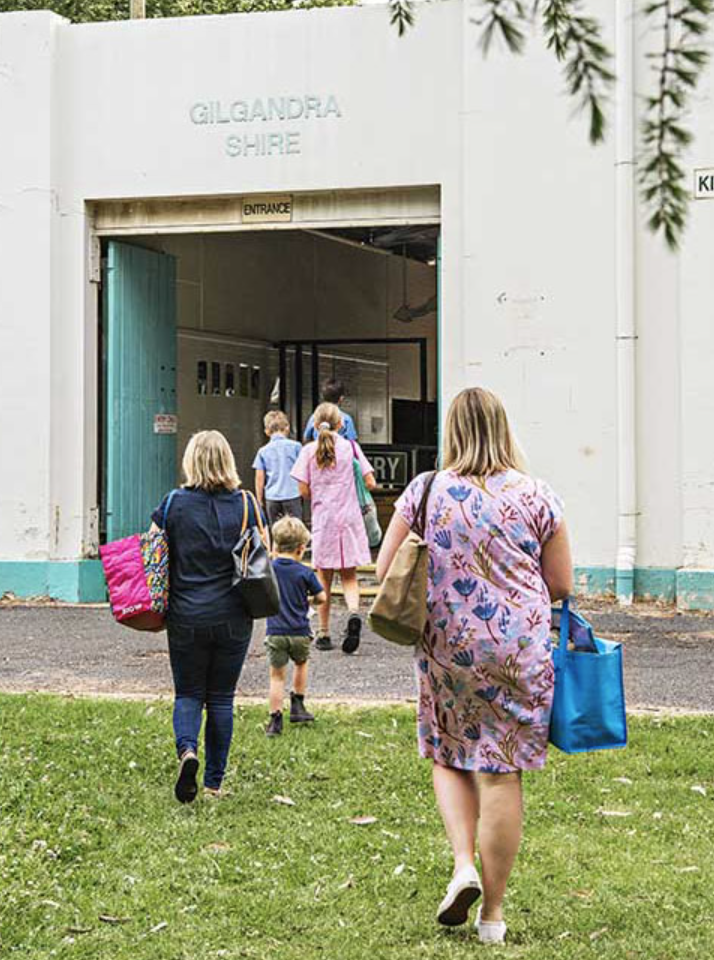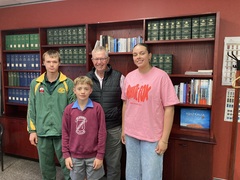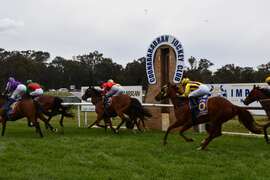Left high and dry - many pre-teens can't swim
Kristin Murdock
03 November 2024, 8:20 PM
 Water safety skills are vital, but many children are missing out.
Water safety skills are vital, but many children are missing out.Royal Life Saving Australia has sounded the alarm, warning of dangerously inadequate swimming abilities among young Australians.
It is a concern echoed in the western plains region, with one local swimming instructor revealing that many children are increasingly leaving primary school without essential swimming skills.
Alicia Hobbs from Gilgandra Learn to Swim started her season of swimming classes last week and says there is a troubling trend of children dropping out of swimming lessons.
"As kids get towards teen years, they seem to have other priorities," she said.
"Other things become more important to them and they drop out at a crucial stage in their water safety education.”
Ms Hobbs’ experiences as a swimming instructor of many years, backs a report from Royal Life Saving Australia which says a huge 40 per cent of children leaving primary school don't meet the National Benchmarks for swimming and water safety education for 12-year-olds.
Basic skills like swimming 50 metres and floating for more than two minutes are no longer the norm for kids.
There are eight basic skills a child should have by the age of 17, which include being able to swim continually for 400 metres; float, scull, or tread water for five minutes and signal for help; and rescue a person and apply emergency care.
It's a statistic of great concern to Royal Life Saving Association CEO, Justin Scarr who said the largest dropout rates are children aged between eight and ten years old.
"Our new research shows the effects of insufficient swimming and water safety skills can be undoubtedly severe, ranging from an increased risk of drowning to a lack of confidence when participating in water-based activities, particularly as children move into their teenage years and early adulthood,” Mr Scarr said.
Mr Scarr said the latest Royal Life Saving Australia National Drowning Report reveals the risk of drowning increases tenfold for youth and young adults aged 10 to 20 because of a clear decline in swimming, water safety, and lifesaving skills and an increase in risk-taking activities in this age group.

Swimming lessons are held in many locations across the Western Plains.
"Many young adults are quite simply being left unprepared for the dangers they may encounter in and around the water as they grow older.
Without immediate action to address this skills gap, more lives could certainly be at risk,” Mr Scarr said.
"Parents and carers play a critical role in their children's swimming and water safety education, and we strongly recommend they enrol them in lessons or a program such as Swim and Survive, that adheres to the National Swimming and Water Safety Framework and assesses progress against the National Benchmarks.”
Ms Hobbs said there are other factors at play influencing the decrease of children enrolled for swimming lessons.
"I employ four instructors in my business, and we generally have about 350 kids enrolled for swimming lessons across the summer season," she said.
"This year, we are looking to be down on numbers by about 20. It's really concerning that these kids are not getting experience and training in the water."
She says the reduction in the NSW Government's Active Kids voucher program is a likely factor at play.
"It really limits some families and comes down to choices of doing one activity rather than spreading the money across more than one.
"It's making a big difference and once the kids are out of swimming lessons, we don't even see them around the water as much in Gil."
The long-standing Active Kids voucher program in New South Wales was replaced by the Active and Creative Kids voucher program on February 1, 2024.
Changes to the program included lowering the voucher value from $100 to $50 and making the program means-tested and only available to families who receive the Family Tax Benefit.
Government funding for the program was also slashed from an estimated $190 million in 2022-2023 to an estimated $28 million in 2024.
Vouchers are issues twice a year at the start of terms one and three.
Council owned swimming pools are a great place to inquire about what programs are available locally for your child.
For information on the revamped Active and Creative Kids Voucher program, head here



